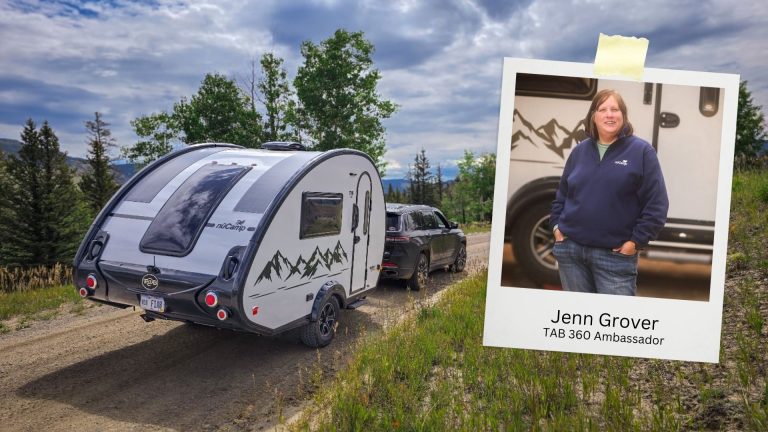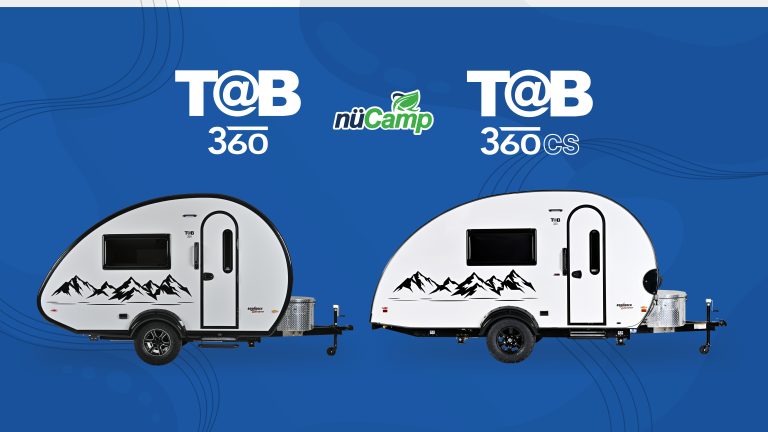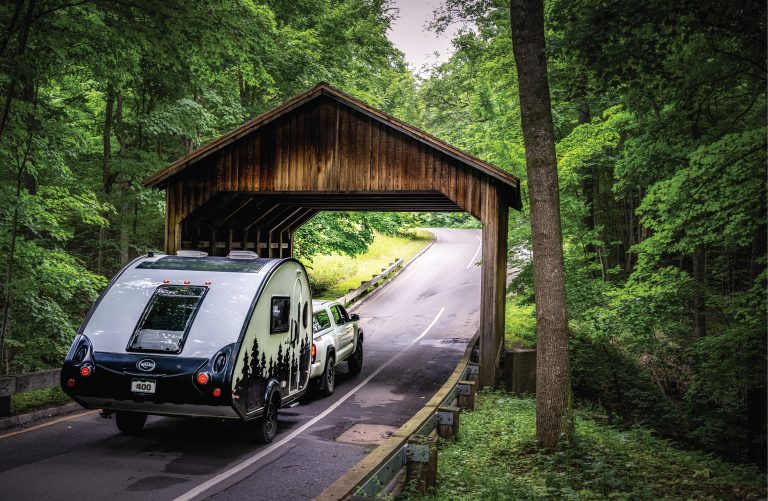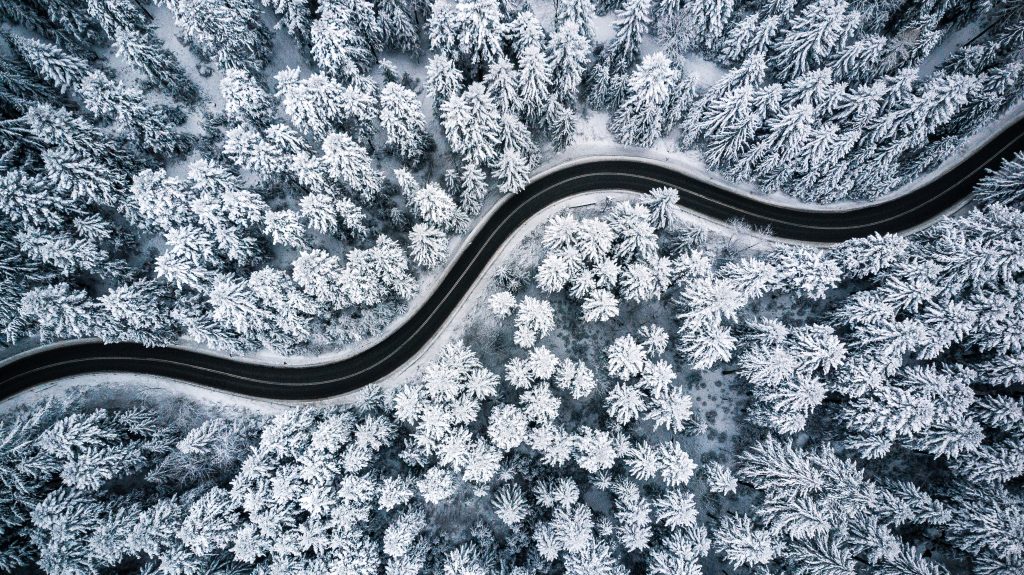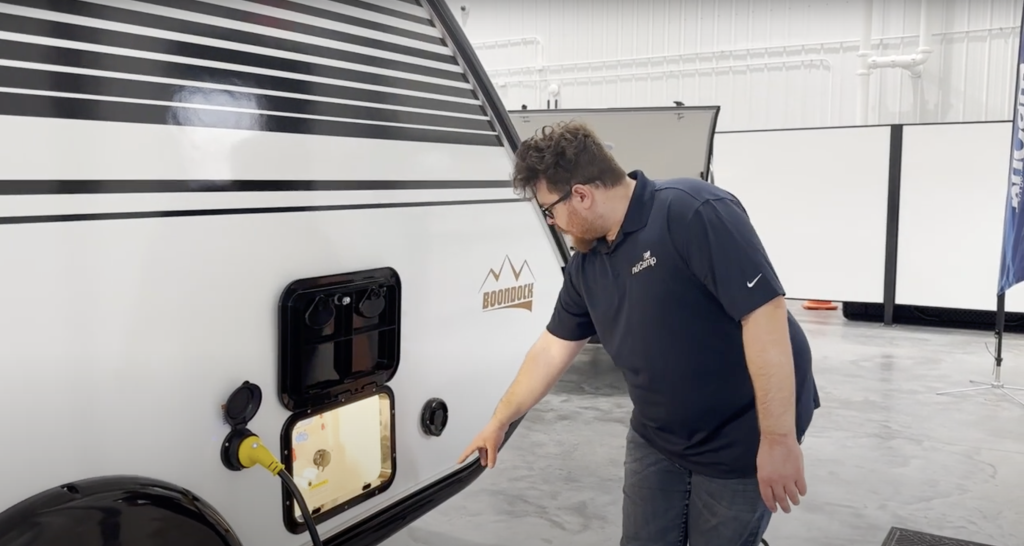
As the crisp autumn air turns into the chill of winter, many RV enthusiasts eagerly look forward to winter camping and the unique beauty of a snow-covered landscape. But before you embark on your cold-weather adventure, it’s essential to prep your RV to handle the low temperatures and ensure a comfortable and trouble-free experience. Here’s a comprehensive guide to preparing your RV for winter or cold season camping.
1. Inspect and Seal the Exterior
Cold weather can be harsh on your RV’s exterior. Start by inspecting the exterior for any cracks or gaps. Sealing these can prevent cold drafts and water leaks. Pay special attention to:
- Roof and Seams: Check for any damage to the roof and seal any gaps around vents and skylights with appropriate RV sealant.
- Windows and Doors: Ensure that windows and doors close tightly. Weatherstripping can help improve insulation and prevent drafts.
Tip: Check out our Tech Talk on inspecting your trailer’s caulking. The video also shows what type of caulk you will need to seal any gaps.
2. Winterize the Plumbing System
One of the most critical steps in prepping your RV for winter is protecting the plumbing system from freezing temperatures.
nuCamp’s teardrop trailers are built for three-season use. Even with the Black Canyon Upgrade, which includes tank heaters, you will want to exercise caution and winterize your unit to protect its plumbing system. Our Cirrus Truck Campers, however, are built for four-season use. However, you may still want to winterize your truck camper if you store it for the winter.
Follow these steps:
- Drain the Water System: Empty the freshwater tank and drain the water lines by running the faucets and flushing the toilet.
- Antifreeze: Add RV antifreeze to the plumbing system. Be sure to use RV-specific antifreeze, which is safe for the system and your pipes.
- Check for Leaks: Inspect all connections and hoses for any signs of leaks that could worsen in cold temperatures.
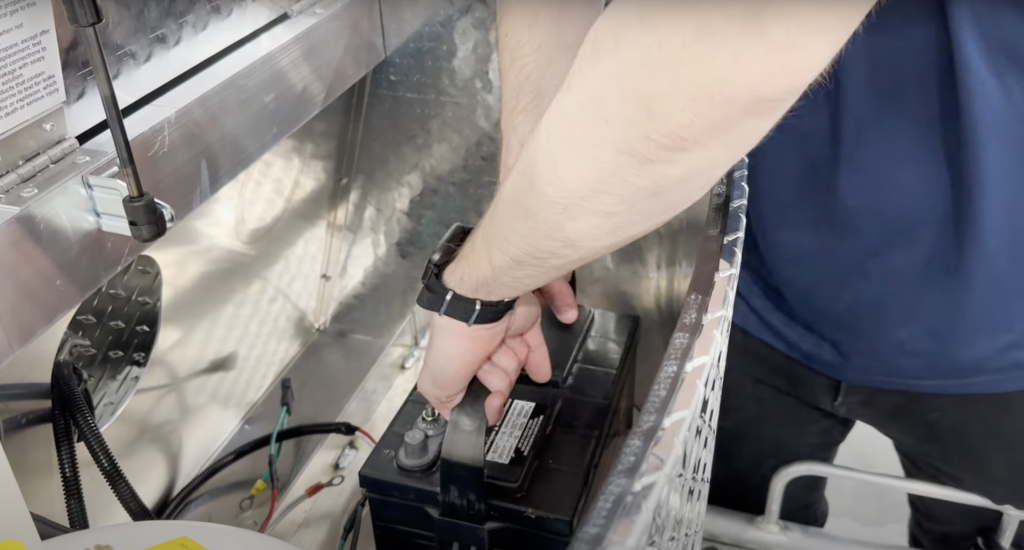
Tip: Check out our instructional videos for each of our models. We have videos for the TAG/TAG XL, TAB 320, TAB 400, Cirrus 620, Cirrus 820, and Barefoot. While these videos use 2023 models, the process for winterizing your camper will be the same.
3. Protect Your RV’s Battery
Cold weather can impact the performance of your RV’s engine and battery. To avoid issues:
- Battery Care: Batteries can lose charge more quickly in cold temperatures. Keep your battery charged, and consider using a battery heater or insulation to maintain its temperature.
Tip: If you are storing your camper for the winter, watch our Tech Talk on storing your battery.
4. Prepare the Interior
Ensure that the interior of your RV is cozy and functional for winter camping:
- Insulation: Add window coverings or thermal curtains to help retain heat. You can also use foam or reflective insulation on windows and skylights.
- Heaters: Check that your RV’s heating system is functioning properly. Portable heaters should be considered as an additional heat source, but safety guidelines should always be followed to prevent fire hazards.
- Blankets and Bedding: Bring extra blankets and warm bedding to stay comfortable during chilly nights.
Tip: Check out our past blog with tips to keep your camper warm.
5. Stock Up on Winter Supplies
When camping in colder temperatures, it’s essential to be prepared:
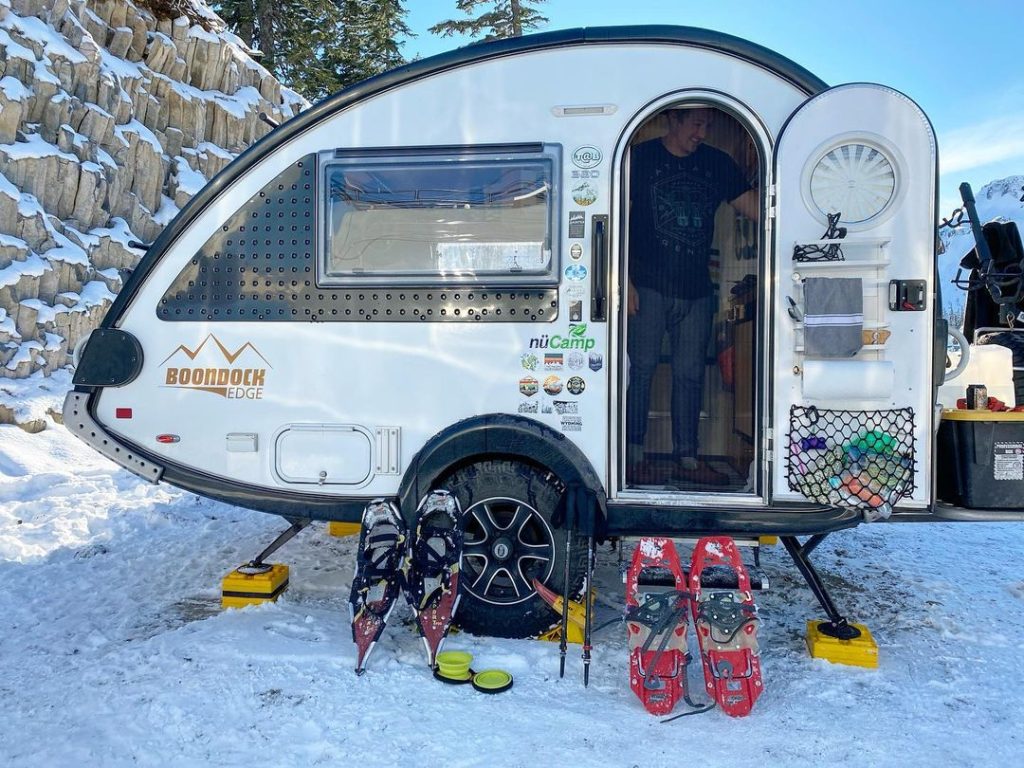
- Winter Gear: Pack appropriate winter clothing, including insulated boots, gloves, and hats. Don’t forget essentials like a shovel, ice scraper, and snow chains for your RV’s tires.
- Emergency Supplies: Equip your RV with emergency supplies such as a first-aid kit, flashlight, and extra food and water. Winter weather can be unpredictable, so it’s better to be prepared.
6. Check Your RV’s Tires
Cold weather can affect your RV’s tires, so ensure they’re in good condition:
- Tire Pressure: Cold temperatures can cause tire pressure to drop. Check and adjust tire pressure regularly.
- Winter Tires: Consider investing in winter tires if you plan to drive in snowy or icy conditions.
Tip: Peter and Erika Smith, known as teardrop.trailer.atlas on Instagram, are veterans to winter camping. Check out their tips here!
7. Plan Your Campsite
Not all campgrounds are suited for winter camping. Research and choose campgrounds that are open and equipped for cold-weather camping. Look for facilities with amenities such as heated restrooms and winterized water hookups.

8. Keep Safety in Mind
Safety should always be a priority:
- Carbon Monoxide Detector: All nuCamp products come with a carbon monoxide detector. Ensure it is functioning properly. Cold-weather camping often involves using propane heaters, which can produce carbon monoxide.
- Fire Extinguisher: Your RV also came with a fire extinguisher. Keep a fire extinguisher readily accessible and ensure it’s up to date.
By following these tips, you can enjoy a safe and enjoyable winter camping experience in your RV. Embrace the beauty of the season and make the most of your cold-weather adventures!
Recent Articles

